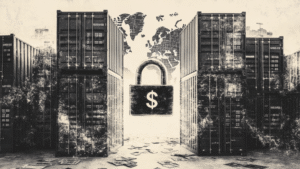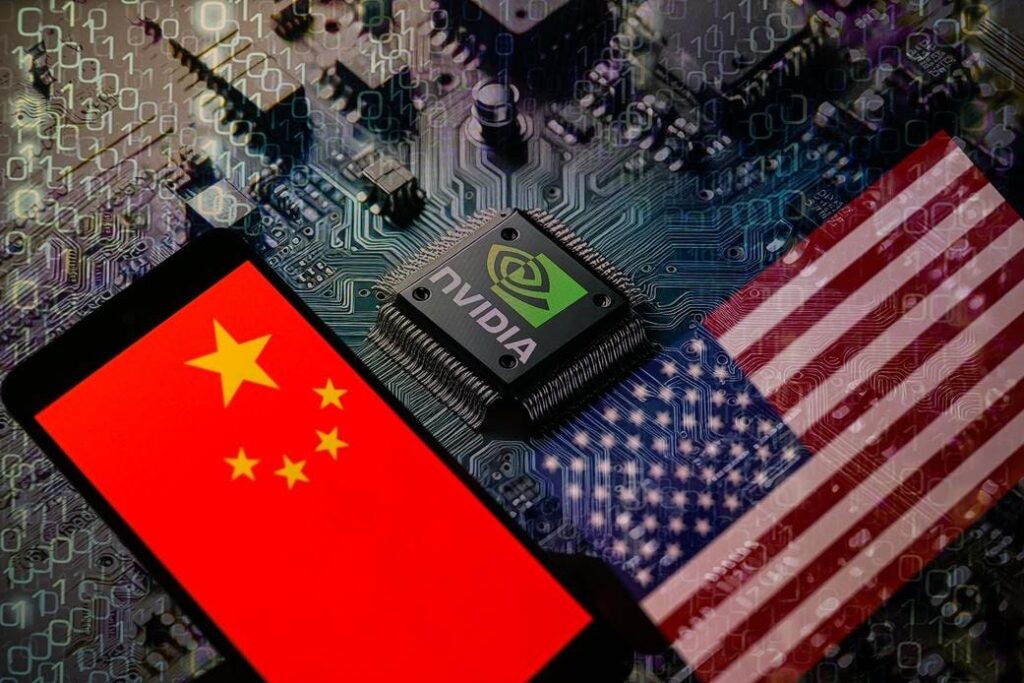One of the Biden administration’s final actions was releasing new export controls, commonly referred to as the AI Diffusion Rule. The regulations would impose new restrictions on selling certain advanced chips used for artificial intelligence and some “closed AI model weights.” The rules are intended to increase the U.S.’s control of the use of its technology in the development of AI globally by creating a three-tier system where each level is subjected to different standards. The U.S.’s closest allies and partners were exempted from the rules, while adversaries like Russia and China were effectively blocked from receiving the restricted goods. This left a wide swath of countries in the middle facing restrictions, which could be lessened by agreeing to specific safety and security measures led by the U.S.
While the primary target for the new restrictions was China, imposing global limits was seen as necessary to cut down on Chinese companies’ ability to rely on the use of subsidiaries in countries not facing American export controls, which could then pass the restricted chips back into China, as documented by The Wall Street Journal. Although the rule would likely not have solved this issue entirely, the Biden administration believed it would make this process more difficult by expanding the countries facing license requirements for shipments of these advanced AI chips.
The rule was released as an interim final rule, meaning it can take effect immediately, but compliance with some parts was delayed while public comment was taken. The most significant looming date is May 15, when the export restrictions will take effect. The fast-approaching deadline has led some companies, including Nvidia and Oracle, to pull orders forward to enable customers to receive shipments of the the potentially restricted goods before the new rules come into force, according to The Information.
The proposal has seen significant pushback from tech companies and foreign leaders, as reported by Bloomberg. Still, the Trump administration is not expected to eliminate it. How the White House will exactly finalize the regulations has yet to be settled, despite the fast-approaching date for compliance. If no changes are made, the rule would simply go into effect as written. However, the Trump administration has signaled an interest in simplifying and tightening the regulations. However, senior officials have not spoken on the record about the rule much, creating significant uncertainty about what will happen in the coming days.
The White House is primarily considering simplifying the rules by removing the three tiers created in the initial proposal. Instead, according to Reuters, this would be replaced “with a global licensing regime with government-to-government agreements.” This change would appeal to President Donald Trump’s preferences for bilateral negotiations, and these deals could be incorporated into the ongoing discussions over reciprocal tariffs. What is uncertain under this plan is what the limits on countries would be until these deals are reached, and whether there would be no restrictions or all countries would face the tightest limits until agreements are secured.
The other significant change the Trump administration is considering is to tighten the rules, according to Bloomberg. The main way of doing so would be to lower the threshold for which licenses are required, according to Reuters. Under the current proposal, licenses are required to sell computing power equivalent to about 1,700 of Nvidia’s H100 chips. The change under consideration would lower this to the equivalent of about 500 H100 chips. This would be a significant reform and is motivated by being better able to crack down on China receiving otherwise restricted semiconductors through other countries.
Although there is generally an expectation that the White House will act to adjust these rules before the deadline, the regulations may instead be allowed to take effect as written. The expected revisions would then come later. This approach could solve the issue of how to handle the time before bilateral deals are reached and provide a runway before the standards are tightened. However, it would not immediately address the Trump administration’s goal of simplifying the regulations, which could make this strategy a nonstarter.
Read the full article here
















